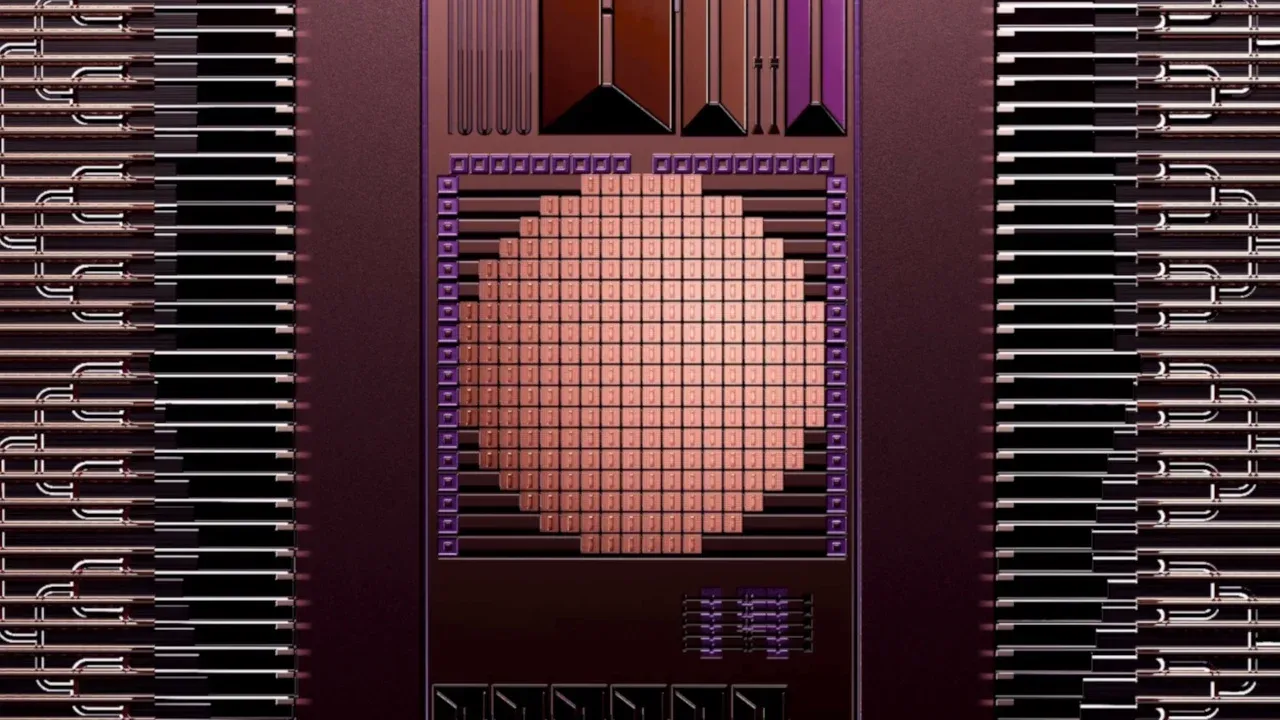Key Points
-
Taara chip uses light to transmit high-speed data without cables, replacing bulky mechanical components with software-driven beam steering for greater efficiency.
-
Unlike traditional fiber and congested radio frequencies, Taara operates in the optical domain, offering near-infinite bandwidth and delivering speeds of up to 20Gbps over 20km.
-
With a smaller, more cost-effective design, Taara aims to expand global connectivity, enhance autonomous vehicle communication, optimize data centers, and ultimately create a mesh network of high-speed wireless links.
Google has unveiled fresh details about its game-changing Taara chip—an innovation that could revolutionize how we connect online.
Promising lightning-fast speeds of up to 20Gbps, this breakthrough eliminates the need for traditional cables, instead using beams of light to transmit data through the air.
A Tiny Chip with Massive Potential

Developed by X, Alphabet’s moonshot division, Taara has been in the works for years. Unlike its bulky predecessor, which was the size of a traffic light, this new chip is as small as a fingernail and far more efficient.
The key difference? It ditches complex mirrors and hardware, making it simpler and faster to deploy.
Taara works like fiber optic cables—but without the cables. By leveraging the spectrum between infrared and visible light, it can deliver near-unlimited bandwidth over distances of 12.4 miles (20 km).
This means it can be set up in just a few hours, compared to the months (or years) needed for fiber infrastructure.
Originally designed for Project Loon’s internet balloons, Taara has already been tested in real-world settings, successfully beaming broadband across the Congo River and Nairobi’s streets.
Connecting the Unconnected
With over 3 billion people still offline, Taara could be a game-changer. Many existing solutions, like Starlink, struggle in crowded areas where bandwidth is divided among users. Taara, on the other hand, offers 10 to 100 times more bandwidth per user at a fraction of the cost.
Beyond high-speed internet, Alphabet envisions Taara playing a key role in autonomous vehicles, allowing them to communicate at light speed.
Set to launch in 2026, the Taara chip may take time to reach everyday consumers, but its potential is undeniable.
As Mahesh Krishnaswamy, Taara’s General Manager, puts it: “The possibilities are as boundless as light itself.”







